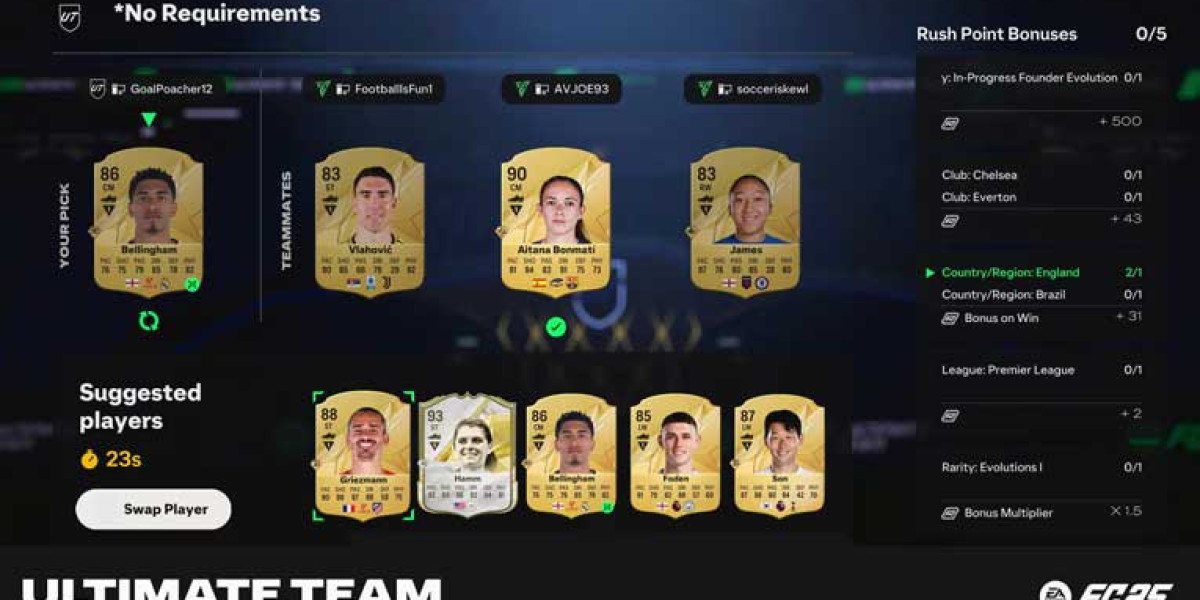Deca Durabolin Cycle Stacks, Results & Side Effects
How To Choose The Best Bulk Cycle
Ever wonder why some people hit the gym and look like they’ve been on a "muscle‑building train" for months, while others just lift weights but see no real change?
The difference isn’t always about talent or luck—most of it comes down to how you bulk.
A bulk is not just a period of heavy lifting; it’s a carefully planned phase that balances calories, macros, training intensity and, in many cases, performance‑enhancing supplements.
Below is the definitive guide to help you pick the right bulk strategy for your goals—whether you’re a bodybuilder, a powerlifter or just want more muscle with less fat.
---
1. Know Your Goal
| Bulk Type | Ideal For | Primary Focus |
|---|---|---|
| Lean (Clean) Bulk | Bodybuilding, aesthetics | Maximize muscle gain while keeping fat minimal |
| Mass‑Gainer Bulk | Powerlifting, newborhooddates.com strength sports | Rapid calorie surplus to boost strength and size |
| Supplement‑Heavy Bulk | Performance athletes (e.g., football, rugby) | Enhance recovery & performance via protein & creatine |
> Tip: If you’re a beginner or have a history of gaining fat quickly, start with a lean bulk. If you need a lot of power in your sport, consider a mass‑gainer.
---
3️⃣ How to Calculate Your Calorie Needs
Step A: Find Your Maintenance Calories
Use an online TDEE calculator (or the formula below) and input:
- Age
- Sex
- Weight
- Height
- Activity level (sedentary, lightly active, moderately active, very active)
A 25‑year‑old male, 75 kg, 180 cm, moderate activity → ~2 800 calories/day.
Step B: Add or Subtract Calories
| Goal | Adjustment |
|---|---|
| Gain Weight (Lean) | +250–500 kcal/day |
| Lose Fat | –250–500 kcal/day |
Tip: Start with a smaller adjustment if you're unsure; you can always tweak later.
Step C: Monitor and Adjust
- Track food intake using an app or journal.
- Weigh yourself weekly, not daily (body weight fluctuates).
- Check body composition if possible (e.g., waist circumference, skinfold calipers, DEXA scan).
- If you’re gaining more than 0.5–1 lb per week and feel sluggish, reduce calories.
- If your weight plateaus after several weeks at the same rate, adjust by ±50–100 kcal.
4. Practical Tips & Common Mistakes
| Tip | Why it matters |
|---|---|
| Eat a protein-rich meal or snack soon after training | Supports muscle repair and stimulates anabolic signaling. |
| Prioritize whole foods over processed snacks | Better nutrient density, satiety, and metabolic health. |
| Use portion sizes as a guide (hand‑sized servings) | Keeps calorie intake in check without strict counting. |
| Keep track of "unplanned" meals | Helps identify patterns that might lead to hidden excess calories. |
| Be patient; gains happen gradually | Muscle hypertrophy is slow, especially with moderate training stimulus. |
---
Bottom Line
- Your current protein intake (~1.6 g kg⁻¹ day⁻¹) is adequate for muscle growth.
- Calories appear to be in a slight surplus or maintenance range, which is fine for modest gains; if you notice unwanted fat gain, trim by ~200–300 kcal.
- Continue to prioritize protein and gradually increase training volume (more sets or progressive overload) to stimulate further hypertrophy.







